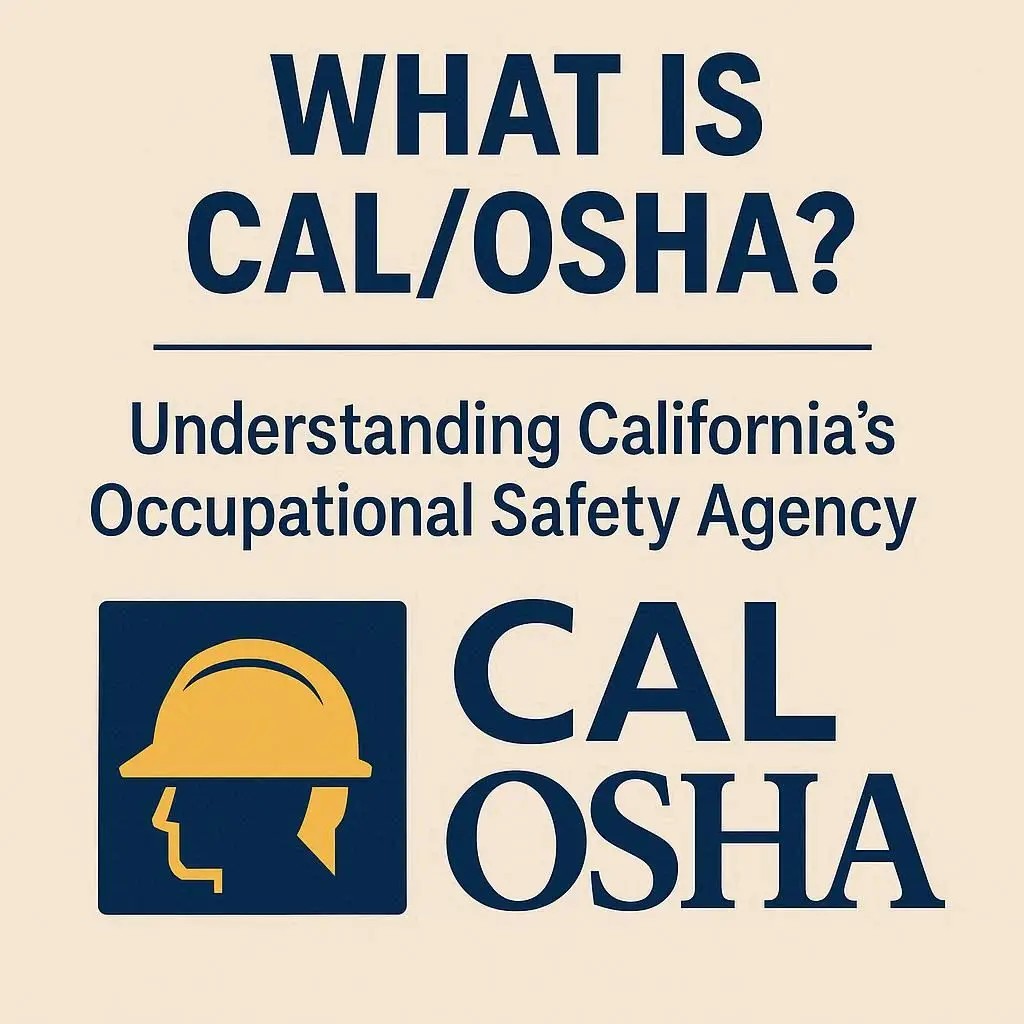What is Cal/OSHA's Role?
Cal/OSHA is California's state-run Occupational Safety and Health Administration program. Its primary mission is to ensure safe and healthful working conditions for all workers in California. It achieves this by setting and enforcing standards, and by providing training, outreach, education, and assistance.
⚙️
Enforce Standards
Conducting inspections to ensure employers are following state safety and health regulations.
📚
Set Regulations
Developing workplace safety rules that are often stricter than federal standards.
🤝
Educate & Assist
Offering training and consultation services to help employers and workers understand their responsibilities.
How does Cal/OSHA differ from Federal OSHA?
While both agencies share the same fundamental goal, Cal/OSHA operates under a state plan that allows it to set standards more stringent than the federal government's. This section highlights the key differences between the two. Click on the points below to understand the specifics of each difference.
Cal/OSHA (California)
- Stricter Standards: Often has more protective standards, such as those for heat illness prevention, workplace violence prevention, and permissible exposure limits for chemicals.
- Broader Scope: Covers virtually all private and public sector workers, including most state and local government employees.
- Injury & Illness Prevention Program (IIPP): Mandates that nearly every employer develop and implement a written IIPP to identify and correct workplace hazards.
Federal OSHA
- Baseline Standards: Sets the minimum safety standards for the nation. States can adopt these or create stricter ones.
- Limited Public Sector Scope: Federal OSHA's jurisdiction over state and local government workers is limited to states without their own approved state plan.
- No IIPP Mandate: Does not have a federal requirement for a comprehensive safety program equivalent to California's IIPP.
What are the Key Responsibilities of Employers?
Under Cal/OSHA, employers have a fundamental duty to provide a workplace free from recognized hazards. This chart visualizes the core responsibilities that every California employer must fulfill to ensure compliance and worker safety. These duties form the foundation of a proactive safety culture.
How can Workers File a Complaint?
Workers or their representatives can file a confidential complaint with Cal/OSHA if they believe their workplace has unsafe or unhealthy conditions. This is a protected right, and employers cannot retaliate against a worker for filing. The process is designed to be straightforward, as outlined below.
1
Document the Hazard
Note specific details about the unsafe condition, location, and any incidents that have occurred.
→
↓
2
Contact Cal/OSHA
File a complaint online, by phone, email, or in person at a local Cal/OSHA district office.
→
↓
3
Inspection May Occur
If deemed necessary, Cal/OSHA will conduct an unannounced inspection of the workplace.
What is the Cal/OSHA Consultation Service?
This is a separate branch from Cal/OSHA Enforcement that provides free, professional assistance to employers to help them voluntarily comply with safety and health standards. The service is designed to be proactive and educational, not punitive.
Key Features of the Service:
- Completely Free: There is no cost for employers to use this service.
- Confidential: The consultation is kept separate from Cal/OSHA's inspection and enforcement activities. Findings are not shared with Enforcement unless an employer fails to correct serious hazards.
- On-Site Help: Consultants can visit a worksite to help identify hazards and improve the company's safety programs (like the IIPP).
- Focus on Prevention: The goal is to help businesses prevent workplace injuries before they happen.
